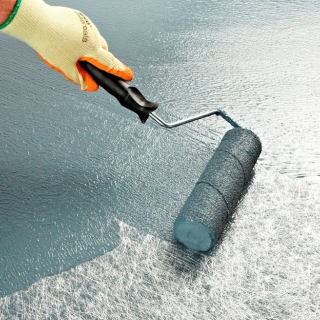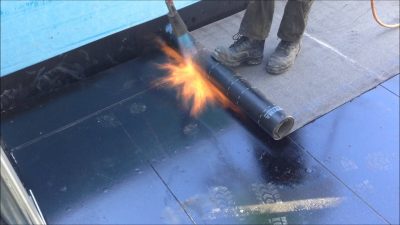For some reason, there was traditionally a resistance to the concept of the flat roof. As a result, there’s been something of a deficit of expertise in how to make a roof that is completely leak proof over the long term.
However, scientific advances mean there are easy solutions to the problem of waterproofing – and these are effective in staving off the danger of leaks, and the nightmare that a leaking roof can mean.The solution is to choose a spray-on polyurethane membrane covering that completely coat the surface in a durable, seamless, non-porous and visually attractive style.
There are solid practical reasons for opting for a flat roof in some instances – not least of which can be the aesthetics of something that bit different.
But it there is always that niggly issue of waterproofing.
Naturally, the flat roof presents problems that an apex-shaped roof doesn’t. However, there are two main options for ensuring your flat roof stays waterproof, and that you can have confidence that no matter how heavy the rain, your roof stays completely leak-free.
The first of these options is to create a gentle slope so the water can run off and not pool or pond on the surface.
That option somewhat defeats the point of having a “flat” roof – whether the aim was to have it as a usable space, or whether the choice of opting for a flat roof was for aesthetic reasons. The second option is to go for a waterproof membrane that completely covers and seals the roof. That means you can have an actual flat roof – although if you can afford a gentle slope, all the best. Key to the success of this second option is that the sealant you use to provide a coating that repels water is one that is seamfree.
Water will always find the easiest path downwards, the route of least resistance. If you have even the tiniest hole, water will come in: if you have a seam, the water will find its weakest join point and come in.Advances in polymer technology have greatly expanded the range of membranes and spray-on coatings available.
Keeping pace with the burgeoning availability of these new polymers and elastomers has been the development of application equipment. The result is that spray-on materials can go on effectively even in environments where the humidity is high – and the setting time is impressively fast. With the use of bang-up-to-the-minute technology, trained technicians have the ability to cover large areas at rapid speed. As it is spray-on, it works well even on uneven surfaces – and it is completely seamfree and completely secure.
Polyurea coatings work well, and are competitively priced, but given the ongoing exposure a flat roof endures from wet weather – and even (happily!) occasional bursts of scorching sunshine, it’s advisable to go for one of the coatings specially recommended for high-traffic or high-intensity purposes, such as polyurea, or polyurethane, or one of the hybrids.
What exact product is best suited to your particular project is one your Waterproof.ie consultant will advise upon, and no matter how irregular or unique the project, the fact that the product is sprayed on means there will be no areas difficult to “get at” or to seal completely.


